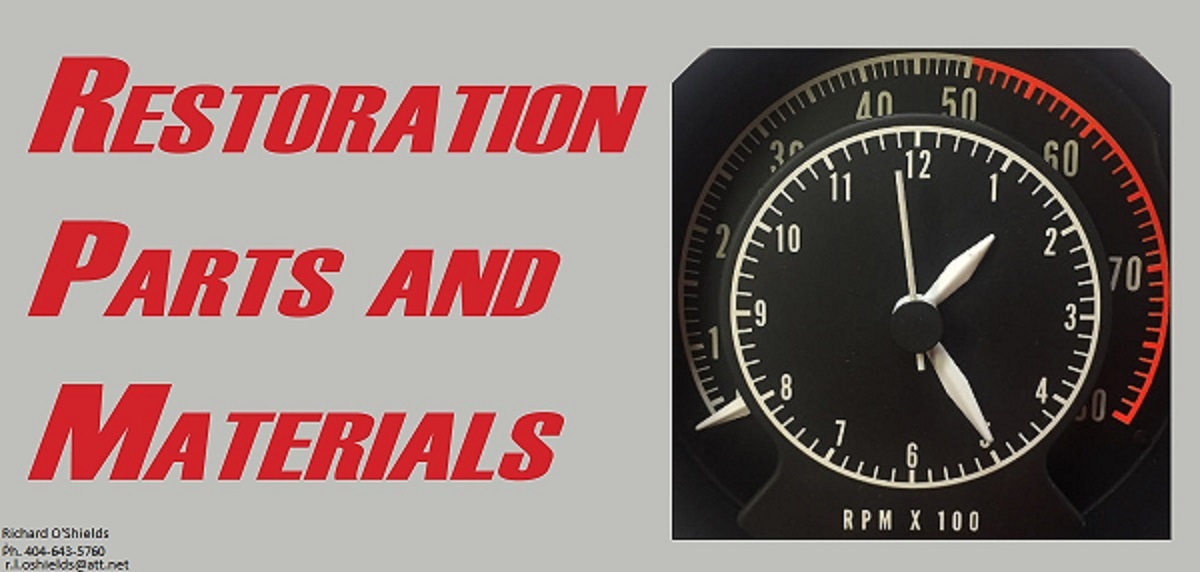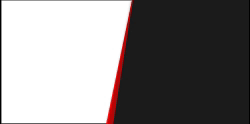My three 67 Polaras
Member
The good points on the Scarebird kit is that since you source your own components from other makes/models of cars, things should be available if something were to go wrong later (or especially if you are on the road). Whereas if you buy a loaded kit from an aftermarket supplier, try finding something on a weekend or when traveling that is unique to that vendor.
It uses nice weighty 70 Ford Galaxie rotors and 90's Dodge Ram calipers/pads.
Engineering wise, they called out for the outer dust cap (wheel bearing cap) to be a 70 Galaxie, but that would not work at all because it does not have the depth required to clear the spindle stick out. The original Polara drum brake dust cap worked way better in that role, and fit the Galaxie rotor. However, I still had to shave some material off the end of the spindle to clear even the deeper dust cap. Not to worry, there were a buttload of threads past the cotter key hole anyway. They might have corrected the instructions on this, I do not know, because I bought my kit a long time ago and it sat on the shelf until now.
I was on my own in choosing how to route the brake lines. How I did it could be different than how other people might have approached it. I would have been in the same boat, though, with a different kit in having to figure out the plumbing.
Much has been said about it having a bearing adapter. The race does not install in the adapter at all. Nor does the bearing ride around in the adapter. The seal rides on the adapter, and adapter has the 2nd function of building out a little more distance away from the caliper bracket plate. The adapter is installed cup first on the spindle (facing away from the bearing), before the rotor goes on. The bearing butts up against it when the rotor is installed.
Where I ran into more work with the Scarebird kit is that after I bought the 70 Ford rotors, I had to press those races out and press in different races called out in the parts list of the kit. That was a couple of hours getting the already new races knocked out, and the new new races pressed in X4. The races must be changed to do the swap even though I purchased new rotors with races already in them!
Since prices fluctuate on the components of the kit, you would have to figure out what all of that stuff costs, plus shipping, to compare it to the other more turn key kits.
Nothing aftermarket is ever a piece of cake to install.
Lots of time with a hydraulic press doing the suspension bushings, changing the ball joints, and changing the races. The Moog parts (and PST lower ball joints) needed shimming with washers to get the castleated nut interfacing with the cotter key hole at the proper level. (It was good to have 5/8 and 3/4 washers of reduced outer diameter handy).
I am not advocating for or against this kit or another kit. It would have been necessary to have already done a different kit to do a comparison between the two.

It uses nice weighty 70 Ford Galaxie rotors and 90's Dodge Ram calipers/pads.
Engineering wise, they called out for the outer dust cap (wheel bearing cap) to be a 70 Galaxie, but that would not work at all because it does not have the depth required to clear the spindle stick out. The original Polara drum brake dust cap worked way better in that role, and fit the Galaxie rotor. However, I still had to shave some material off the end of the spindle to clear even the deeper dust cap. Not to worry, there were a buttload of threads past the cotter key hole anyway. They might have corrected the instructions on this, I do not know, because I bought my kit a long time ago and it sat on the shelf until now.
I was on my own in choosing how to route the brake lines. How I did it could be different than how other people might have approached it. I would have been in the same boat, though, with a different kit in having to figure out the plumbing.
Much has been said about it having a bearing adapter. The race does not install in the adapter at all. Nor does the bearing ride around in the adapter. The seal rides on the adapter, and adapter has the 2nd function of building out a little more distance away from the caliper bracket plate. The adapter is installed cup first on the spindle (facing away from the bearing), before the rotor goes on. The bearing butts up against it when the rotor is installed.
Where I ran into more work with the Scarebird kit is that after I bought the 70 Ford rotors, I had to press those races out and press in different races called out in the parts list of the kit. That was a couple of hours getting the already new races knocked out, and the new new races pressed in X4. The races must be changed to do the swap even though I purchased new rotors with races already in them!
Since prices fluctuate on the components of the kit, you would have to figure out what all of that stuff costs, plus shipping, to compare it to the other more turn key kits.
Nothing aftermarket is ever a piece of cake to install.
Lots of time with a hydraulic press doing the suspension bushings, changing the ball joints, and changing the races. The Moog parts (and PST lower ball joints) needed shimming with washers to get the castleated nut interfacing with the cotter key hole at the proper level. (It was good to have 5/8 and 3/4 washers of reduced outer diameter handy).
I am not advocating for or against this kit or another kit. It would have been necessary to have already done a different kit to do a comparison between the two.
Last edited:

















